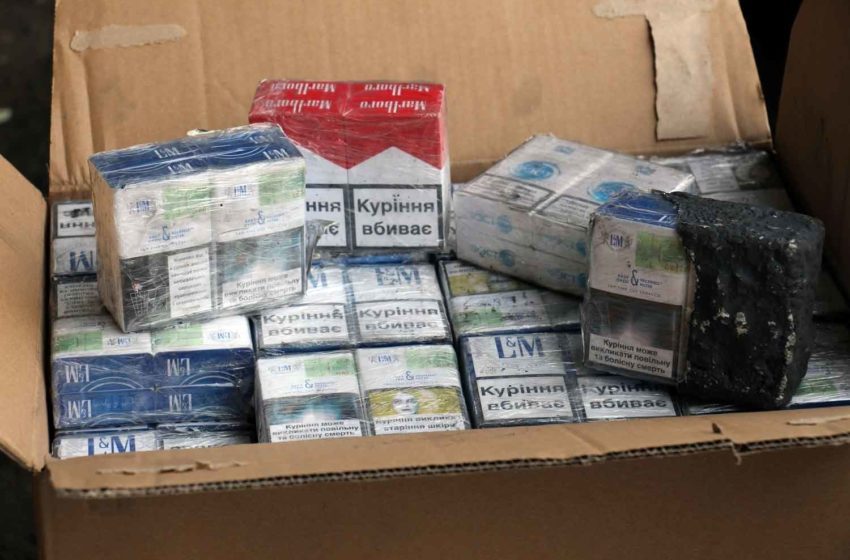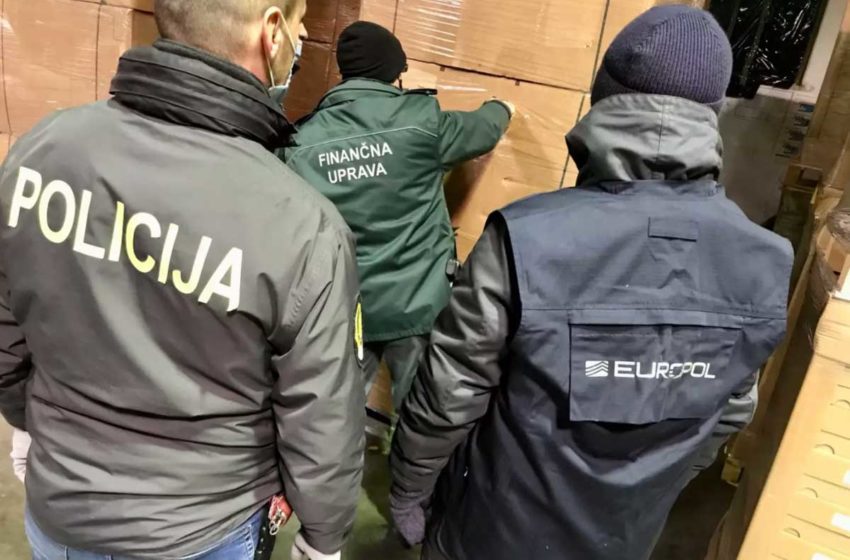
Heinen Koehl’s coding equipment combines serialization and aggregation in one unit.
By Stefanie Rossel
Last November, parties to the Protocol on Eliminating Illicit Trade in Tobacco Products gathered virtually to strengthen the treaty that had entered into force three years earlier. Among the decisions adopted was a roadmap to improve the global track-and-trace system. Currently, use of track-and-trace systems for tobacco products is probably most advanced in the European Union, where it is regulated under articles 15 and 16 of the Tobacco Products Directive. For cigarettes and roll-your-own products, the EU has mandated traceability and security features since May 20, 2019. By May 2024, it will be compulsory for all other tobacco products, including cigars, cigarillos and smokeless tobacco products, as well.
For tobacco product manufacturers, placing individual identifying codes on each pack and then on each bundle is a challenging additional step in the production process. Heinen Koehl, a Luxemburg-based supplier of processing and logistics equipment for the tobacco industry, has developed several machines to facilitate that process. The Label Application System (LAS) and the Laser Coding Extension (LCE) have been designed for “pack-to-bundle” aggregation.
“The LAS applies a bundle label onto the head side of each bundle and verifies this bundle with a camera. In contrast to the LAS, the LCE serializes each single pack within the bundle with a laser to provide it with a unique track-and-trace code,” says Stefan Hahn, managing director at Heinen Koehl. “This code is then verified with a camera system to carry out the aggregation. Contrary to traditional solutions available in the market, where various printing technologies such as CO2 or ink printers have to be implemented into existing bundle packers, we have developed a patented stand-alone solution. By using a special laser designed by expert company Koenig and Bauer Coding, we can apply the unique track-and-trace code to the pack through the overwrap without destroying the film. This is not only an advantage in production, but also for the security, availability and performance of the track-and-trace system.”

Standardized Solution
Easy integration is the greatest benefit of the LAS and LCE, which together can be built into the production line without changing the existing equipment. Since existing machinery doesn’t have to be adapted to additional hardware and functionality, the implementation time is significantly shorter than with other solutions. Similarly, the stand-alone combination can easily be moved to another production line or location without complex conversions of existing equipment, according to Hahn.
“With our solutions, serialization and aggregation of individual packs into bundles is carried out in one unit,” he says. “Other technologies require several production steps between serialization and aggregation, which means potential risks for the track-and-trace functionality.”
According to Heinen Koehl, the LAS/LCE combination is a standardized solution independent from packer type. This means that operators and maintenance staff don’t need special training. Maintenance is similar for both machines within a manageable expenditure of time.
The LAS/LCE combination can be adapted to all bundle types and sizes and allows for easy format changes. It has been designed for all speed ranges with up to 100 bundles per minute and up to 1,000 packs per minute, respectively.
While the LAS/LCE is presently being used for coding packs and bundles of cigarettes and cigars, Heinen Koehl has developed an additional machine especially for roll-your-own and pipe tobacco pouches based on the same technology. Known as LAS Pouch, this machine combines coding, verification, bundle label application and aggregation into one system that lasers the track-and-trace code on the pouch through the film.
Heinen Koehl also offers solutions for the manual aggregation of tobacco products that can be adapted to customer requirements and minimize disruption of the production process.
Suitable also for yet-to-be-regulated markets, Heinen Koehl is delivering its coding equipment to customers worldwide, including to clients in the U.S., Europe, Russia, the UAE, Saudi Arabia and Indonesia. As track-and-trace requirements spread around the world, Hahn says he sees great potential in other markets as well.

















